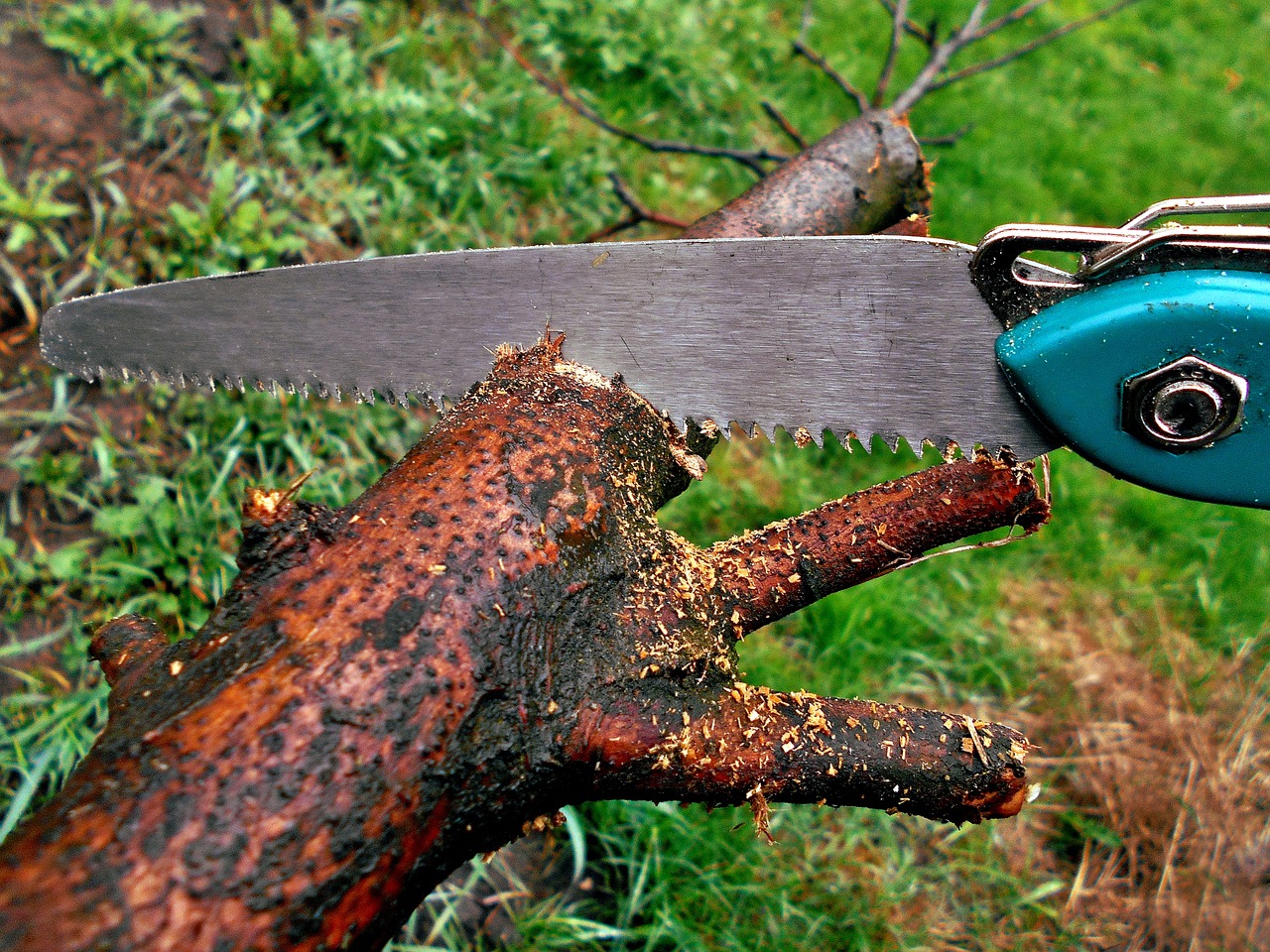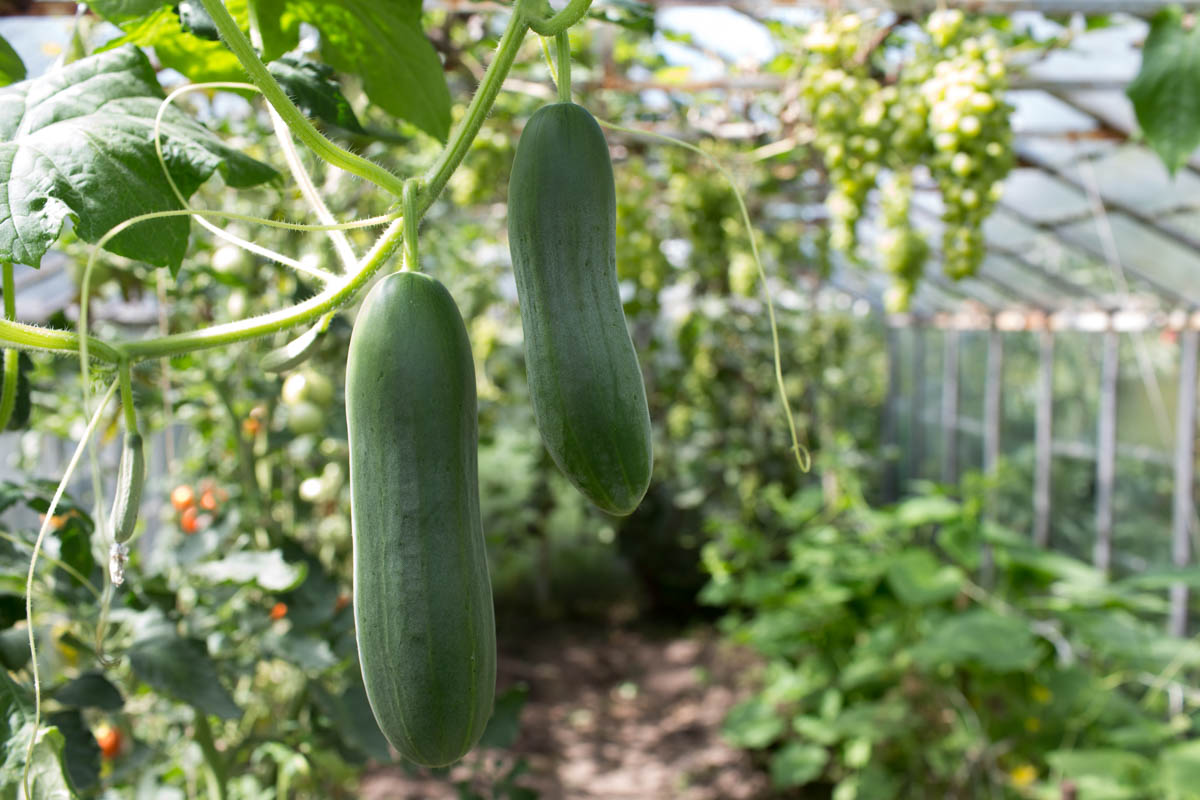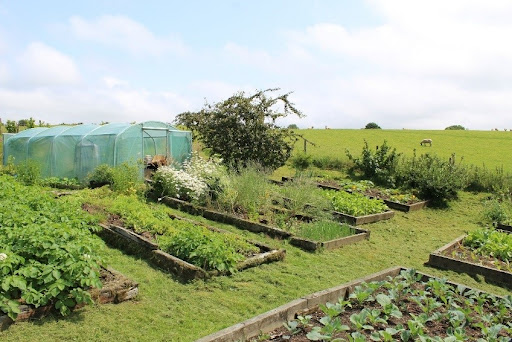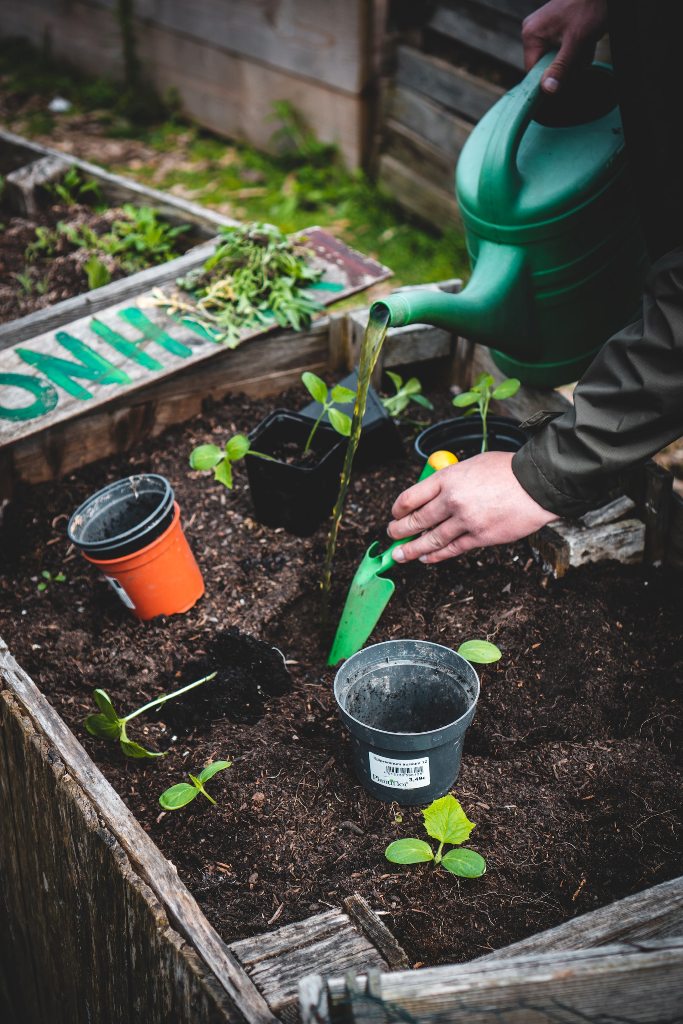Fruit trees stand as perennial symbols of abundance, offering not just sustenance but also beauty in orchards and gardens. Yet, the secret to a prolific harvest lies not only in nature’s whims but in the meticulous art of pruning. Delving into the science behind pruning fruit trees unveils the key to ensuring their health, vitality, and a bountiful yield season after season.
Understanding the Purpose of Pruning
Enhancing Air Circulation and Sunlight Penetration
Pruning isn’t merely about snipping away excess branches; it’s a strategic intervention. Opening up the tree’s canopy through selective trimming allows for better air circulation and sunlight penetration into the inner branches and fruits. This, in turn, promotes photosynthesis, essential for healthy fruit development.
Managing Tree Size and Structure
Pruning shapes the tree’s structure, directing growth and preventing overcrowding of branches. By removing dead or unwanted branches, the tree can allocate its resources efficiently, focusing on fruit production rather than sustaining unnecessary growth.
Encouraging Fruit Production
The strategic removal of certain branches stimulates the tree’s energy towards fruit-bearing wood. Pruning encourages the growth of new fruiting spurs and channels the tree’s resources towards producing high-quality, larger fruits.
The Science of When and How to Prune
Dormant Season Pruning
Timing plays a crucial role in the success of pruning. The dormant season, typically in late winter or early spring before new growth begins, is the ideal time for major pruning sessions. During dormancy, the tree is less stressed, allowing for easier wound healing and reducing the risk of disease transmission.
Understanding Tree Physiology
Trees have their unique physiology, and understanding this is vital for effective pruning. Each species and variety has its growth patterns, response to pruning, and optimal pruning techniques. For instance, some trees produce fruit on one-year-old wood, while others bear on older branches or spurs. Tailoring pruning methods to suit the tree’s growth habits maximizes its fruiting potential.
Correct Pruning Techniques
Precision is key in the art of pruning. Using sharp, clean tools and making precise cuts at the right angle promotes rapid healing and reduces the risk of infections or diseases entering the tree. Techniques like heading cuts to encourage branching or thinning cuts to remove entire branches are applied strategically to achieve desired results.

Pruning Strategies for Different Fruit Trees
Apple Trees
Apple trees benefit from an open center structure. Pruning focuses on creating a vase-like shape, ensuring sunlight penetrates to the lower branches. Removal of water sprouts, deadwood, and crossing branches encourages fruit development and prevents overcrowding.
Peach Trees
Peach trees thrive on renewal pruning. Removing older wood and encouraging new growth promotes vigorous fruiting. Thinning out excess shoots and managing the tree’s height ensures better air circulation and sunlight exposure to the fruit.
Citrus Trees
Pruning citrus trees involves minimal shaping but focuses on deadwood removal and maintaining an open canopy. Thinning crowded branches and removing any suckers or small shoots around the base encourages healthier growth and abundant fruiting.
Ensuring Continued Health and Productivity
Monitoring for Disease and Pests
Pruning isn’t solely about shaping and directing growth; it’s also a means of tree health management. Regular inspection while pruning allows for the early detection of diseases, pest infestations, or structural weaknesses that might compromise the tree’s health and productivity.
Post-Pruning Care
Proper care post-pruning is essential. Providing adequate water, nutrients, and mulching around the base of the tree supports rapid healing and new growth. Monitoring the tree’s response to pruning helps gauge its health and productivity in the following growing seasons.
The science behind pruning fruit trees is a meticulous blend of understanding tree biology, timing, and precise techniques. By manipulating growth patterns, optimizing resources, and ensuring optimal conditions, pruning transforms fruit trees into prolific bearers, rewarding orchard owners and gardeners with abundant harvests year after year. Mastering the art of pruning isn’t just about shaping trees; it’s about unlocking their potential for sustained vitality and an enduring bounty of fruits.
Revitalize Your Trees Today! Trust K-W Tree Expert Co. for professional tree trimming and pruning in Kitchener. Transform your landscape with their expert care and schedule a consultation now!



